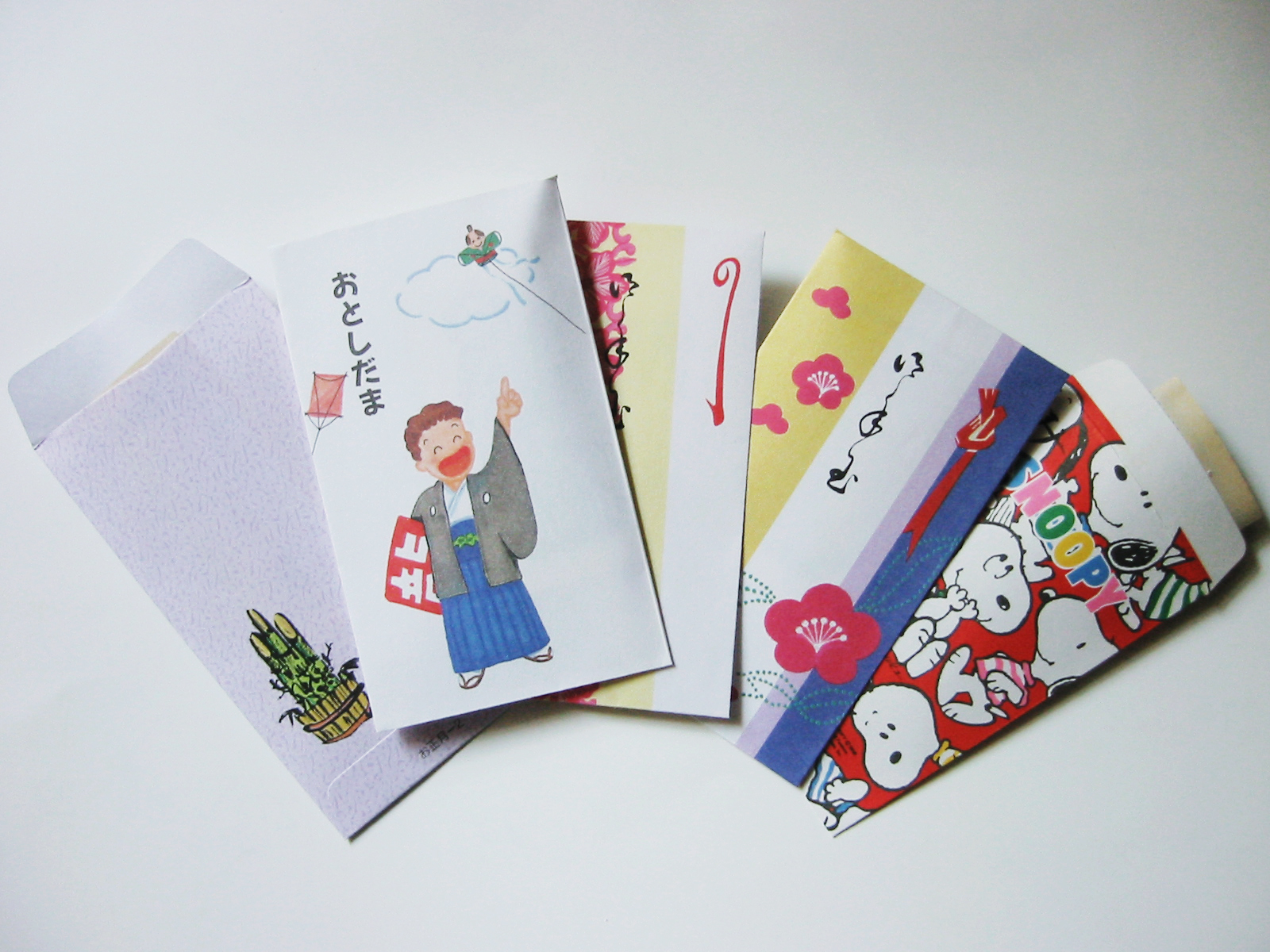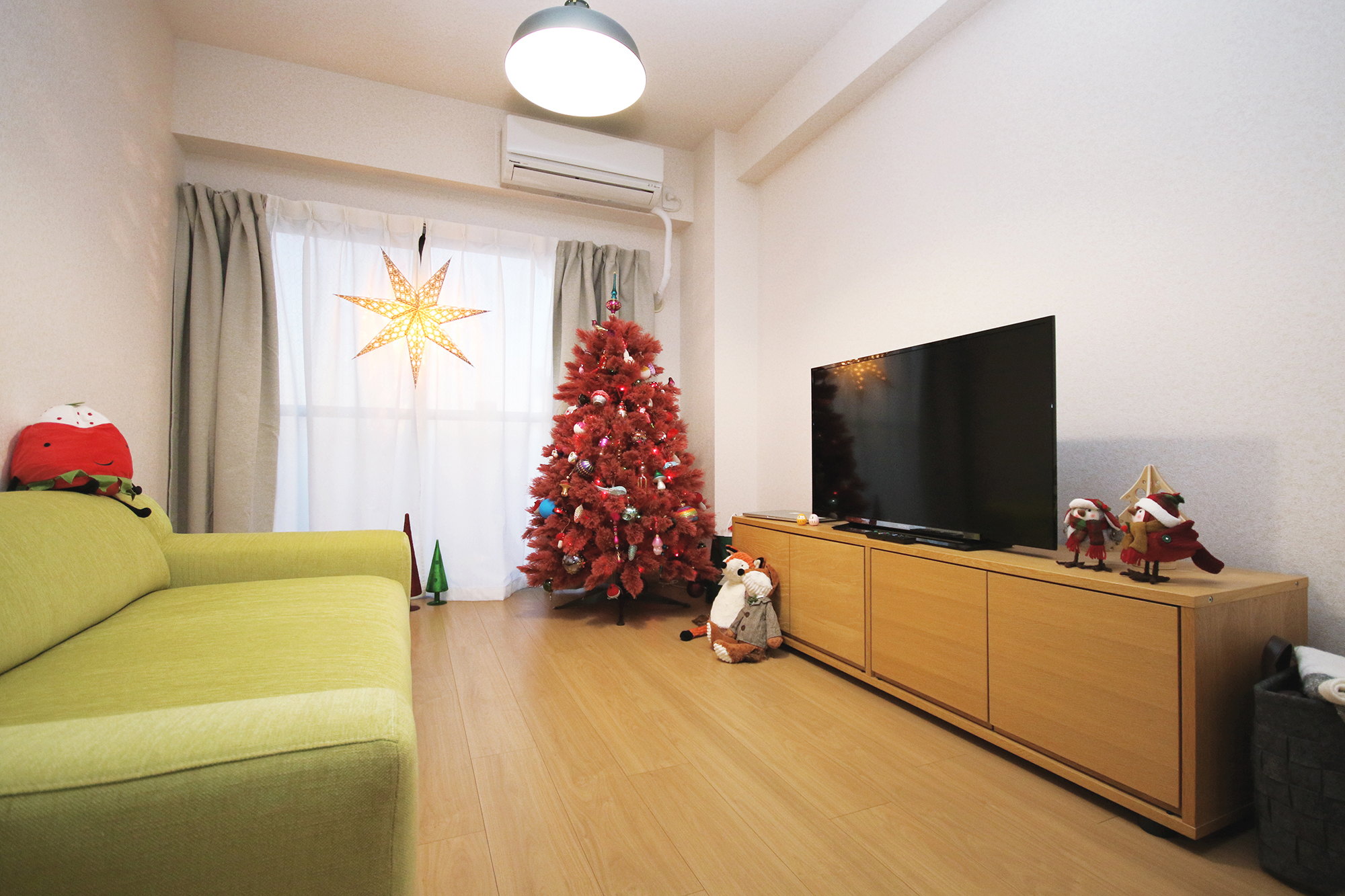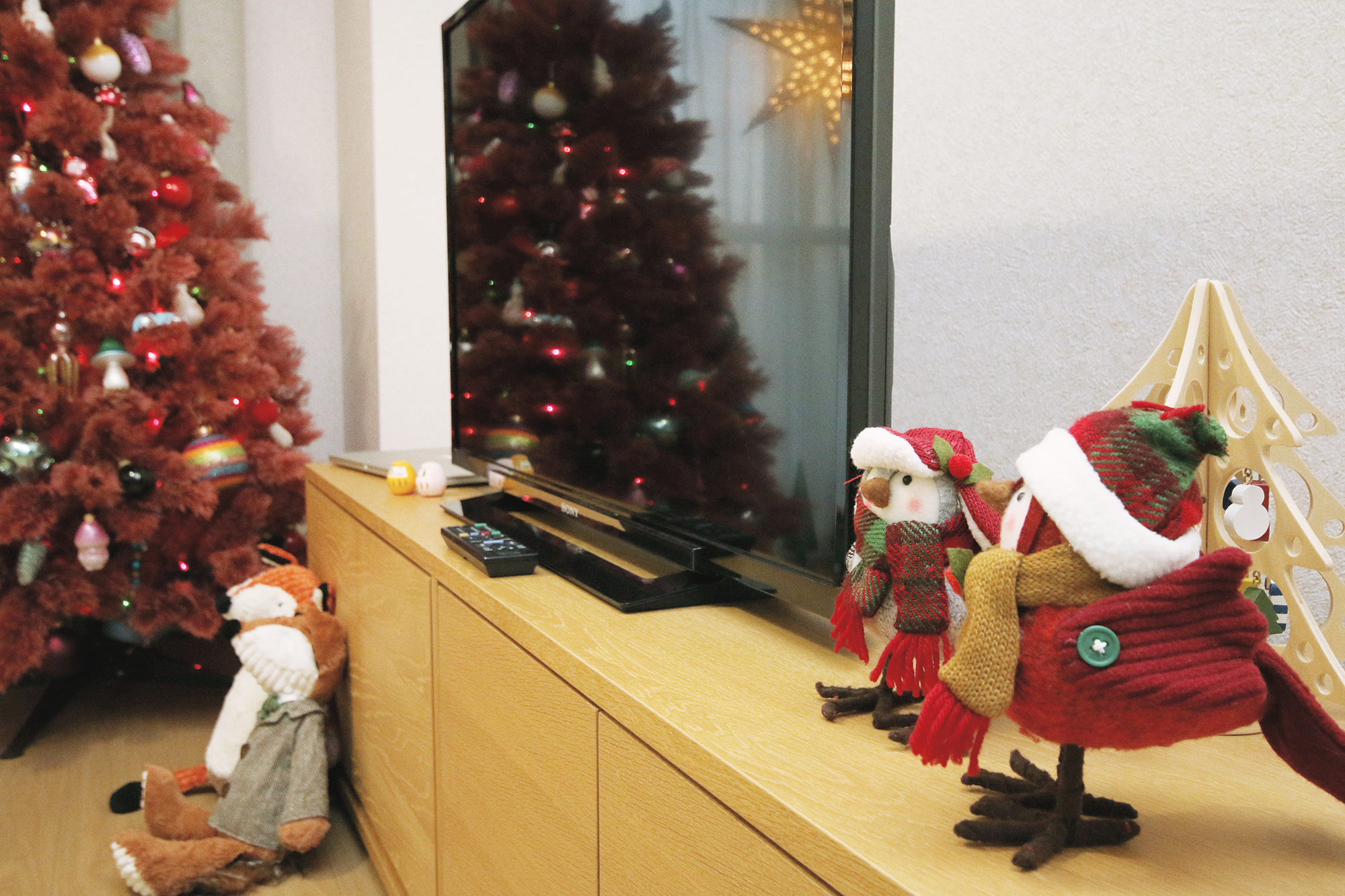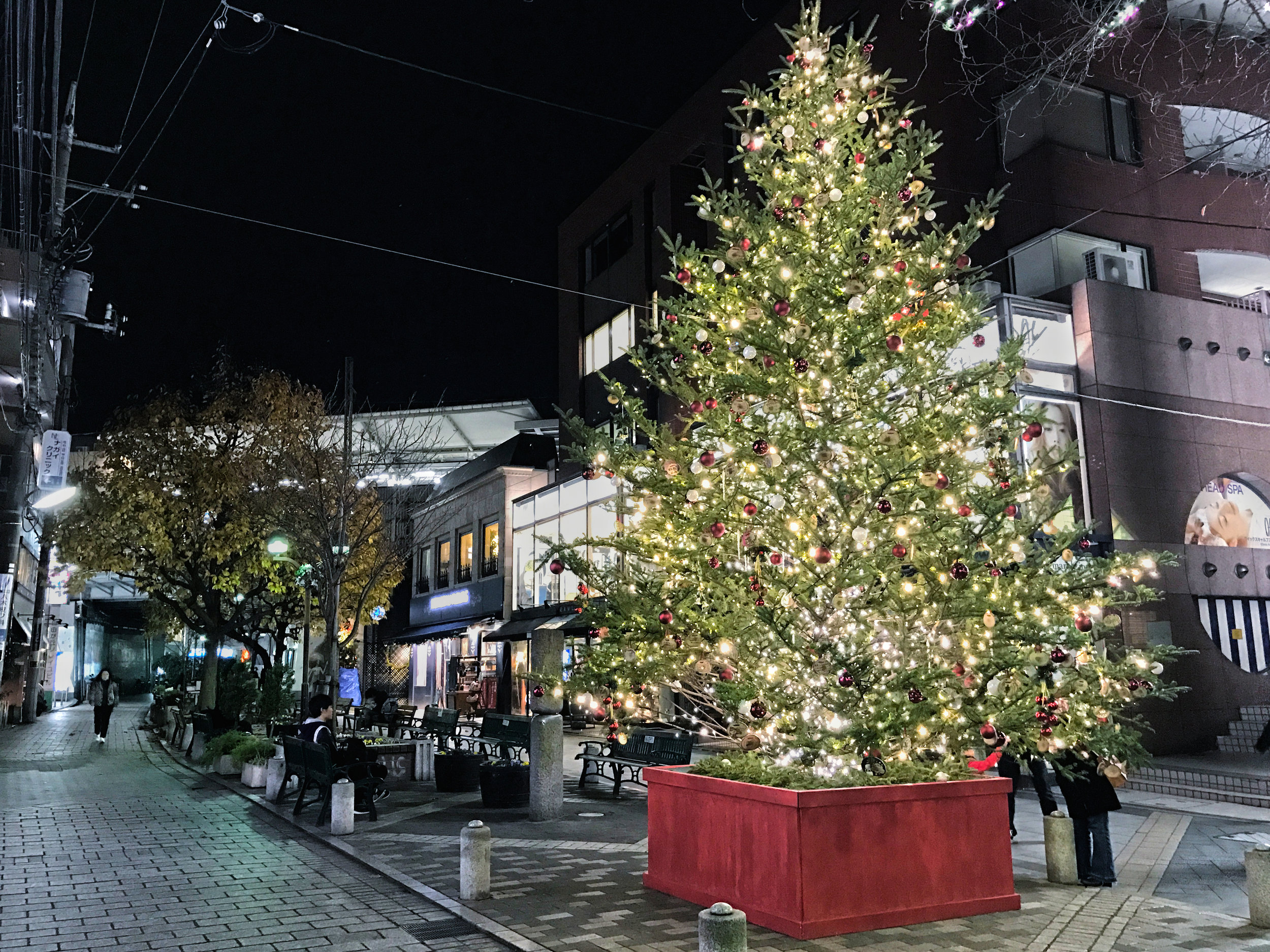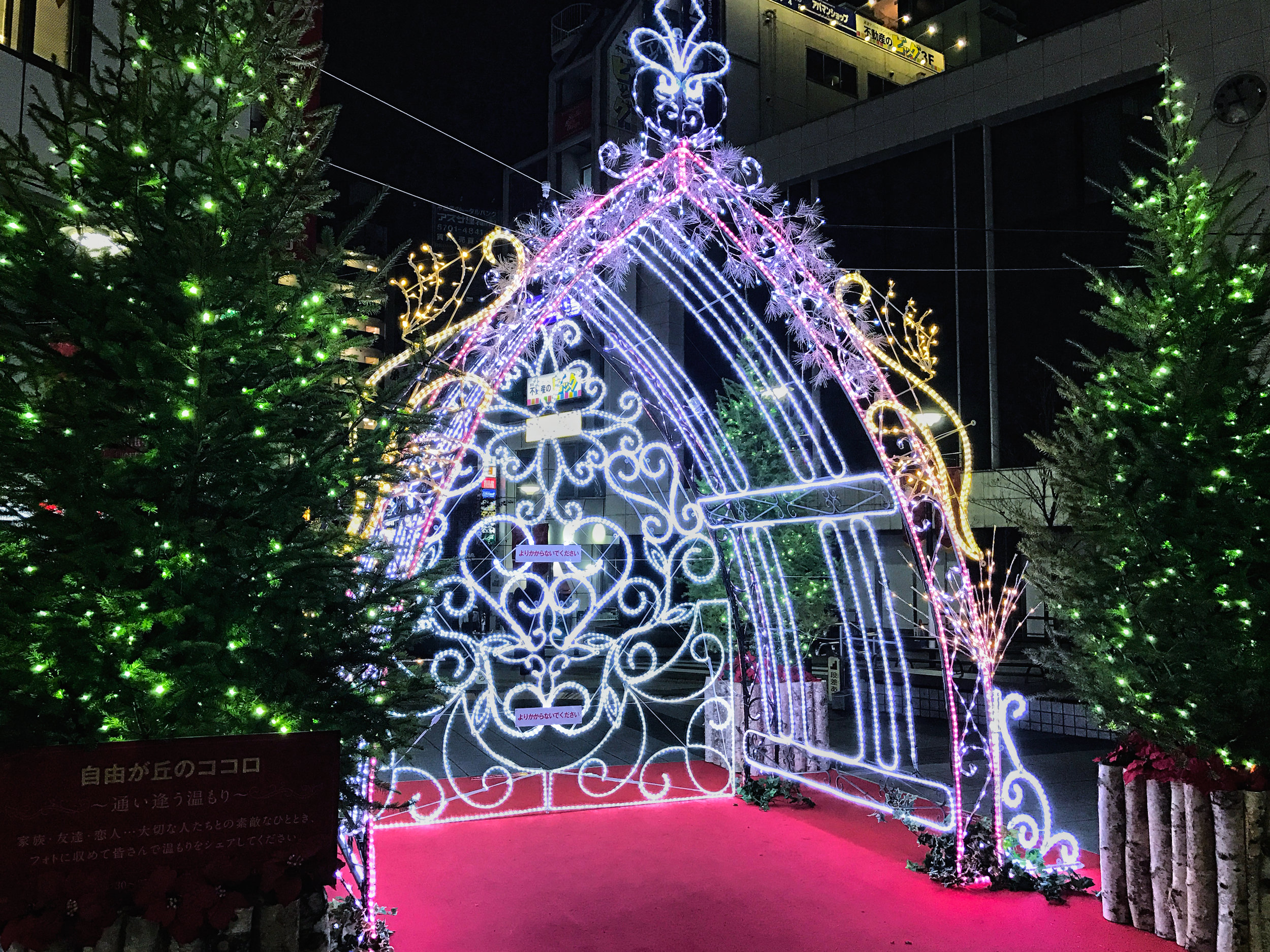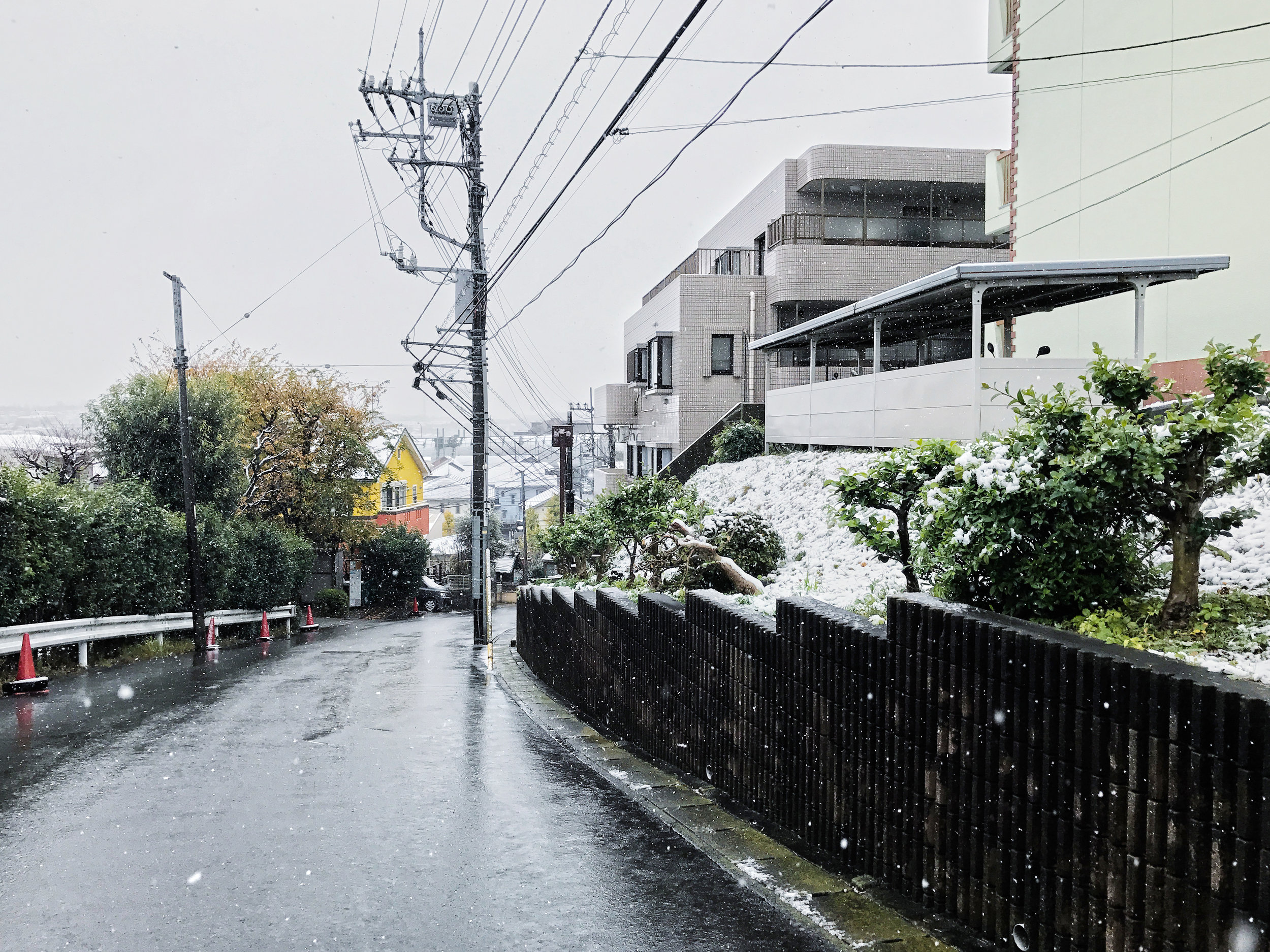The first day of this year’s Spring Festival fell on a Saturday, flooding Yokohama’s Chinatown—Japan and Asia’s largest—with a sea of people. On this warm, sunny weekend many came out here in hopes of observing the lion dance, an auspicious traditional custom that brings luck and prosperity to its benefactors.
We have seen plenty of lion dances in Toronto’s Pacific Mall, where the crowd always seemed manageable. We weren’t prepared for this though. People flooded the streets. And despite the audible rhythmic beats hinting that a lion dance was going on right around the corner, there was no way to see or come close to it. Patiently waiting, we stayed put, enduring the pushing and pulling of the crowd in order to be able to snap a couple of shots of the lion’s head. I was beginning to feel like a real paparazzi here.
This is the first time I really envied the fellow avid photographers, who came prepared with an extendable tripod allowing them to observe and record everything from above. After what seemed like forever, my hands were starting to give in, and I finally began to feel the full weight of my SLR. At this point I noticed that whenever the lion’s head became slightly visible, smartphones bloomed above heads. This is when I knew it was my cue to prop my camera up as high as I could above everyone. However, my height being somewhat average here mostly got me some artsy photos of cellphone screens.
I did get that lion at last! A testament to endurance and will!
Behind us we suddenly heard an extraordinarily loud popping as the air began to fill with smoke. It took me a minute to realize what just happened. Firecrackers! It might sound childish, but it was so cool! Come to think of it, it was the first time I saw firecrackers live. At that moment I truly felt like a kid.
Hungry from excitement, endurance, and perhaps a very light breakfast, we beelined to a shop right nearby specializing in fried xiaolongbao or shouronpou (小籠包) as it is pronounced in Japanese. Fried xiaolongbao is somewhat a popular delicacy here, with many shops competing for customer patronage. The closest one claiming to be number one and well loved by TV programs looking for best eats around the town was our first victim. Famished and nostalgic for the meaty dumpling soup goodness, we got ourselves the nikuman (肉まん, meat buns or bao) and sesame covered fried xiaolongbao. The result was heavenly.
Heading back outside we heard the music again. The crowd thickened. This is when we knew that we got a second chance at catching the lion. And this time we were right in the middle of it happening.
Success! The lion in all its full-bodied beauty!
Feeling full and happy with our accomplishments, we continued along the streets of Chinatown, along the steady crowd, firecracker smoke, and colourful architectural sights.
Got another lion along the way!
There were many kids, but this is the only one that caught my eye dressed in all her festive attire.
We took a turn into one of the narrow back streets, feeling transported into a whole new, yet visibly aged, side of Chinatown not seen directly through the gates.
At dusk the streets began to dance with light. The brightly and colourfully lit up shop signs and the overhanging lanterns illuminated the dark crowded streets. It really reminded me of Hayao Miyazaki’s scene in Spirited Away, when Chihiro just lost sight of her parents in an odd seemingly abandoned town. As the sun set, it lit up in colours of lit up lanterns, filling with spirit and lively chatter. Here people began to crowd around food stalls and side shops, munching on the savoury goodness Chinatown was eager to offer.
Lined up ducks at this fancy place specializing in Peking duck dish. Will definitely pay it a visit one day.
One of the stores had this cute display.
More firecrackers!
One more firecracker display caught on camera. I think both firecrackers and fireworks are something magical. No matter how many times you see it in your life, it always brings you back to childhood, making you feel like a kid all over again.
The day was coming to a close, so we decided to have a parting meal featuring another set of those delicious fried xiaolongbao. This time we tried another vendor priding itself on being featured on Japanese TV. Its staple set of three kinds of fried xiaolongbao was beyond amazing—a great parting meal!













































































































































